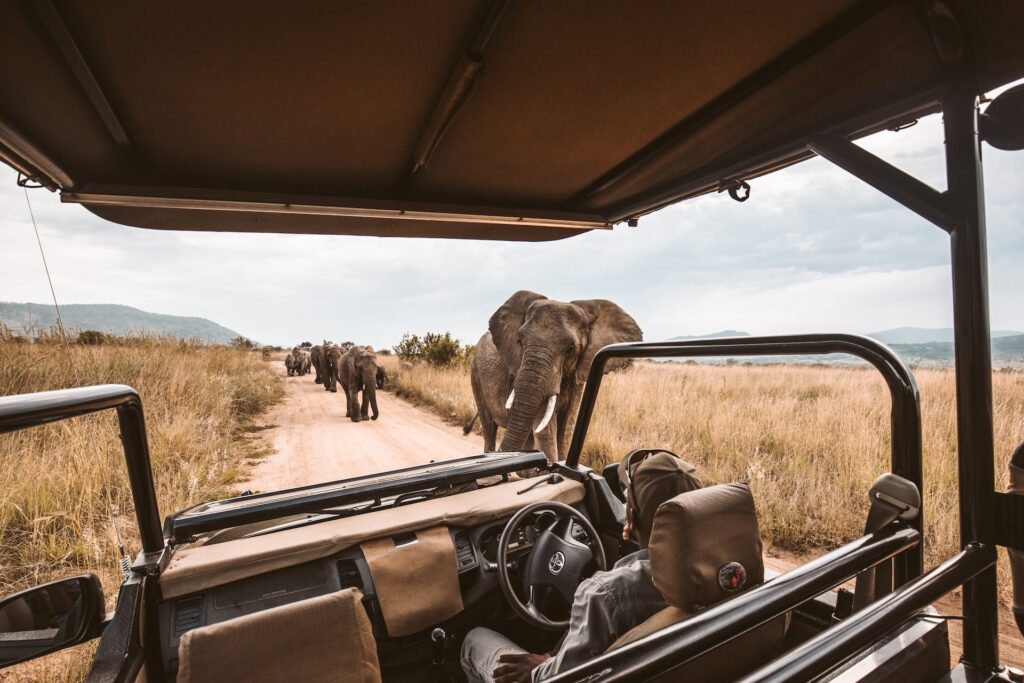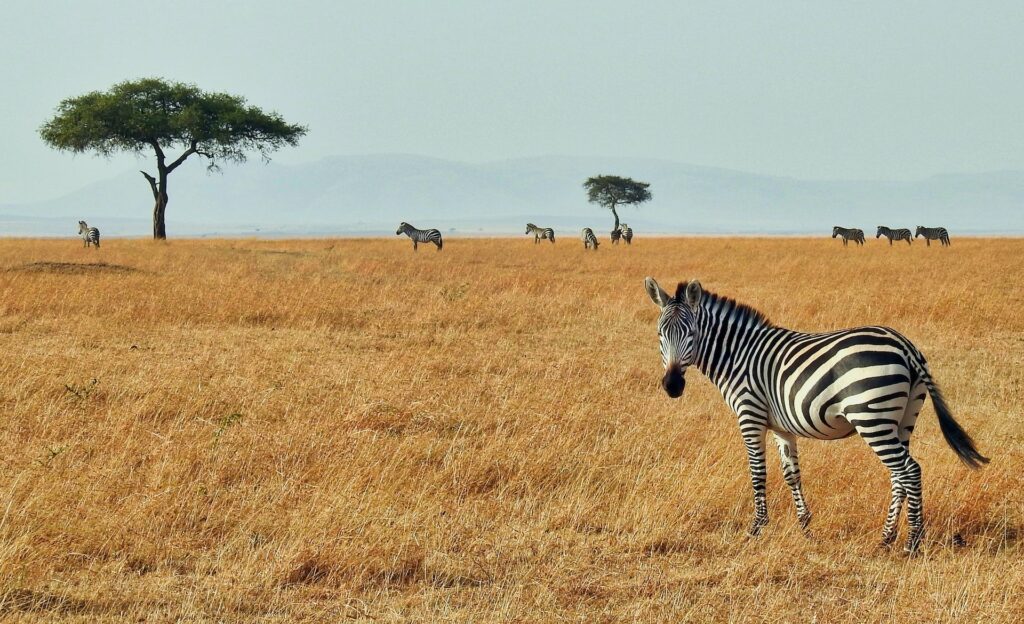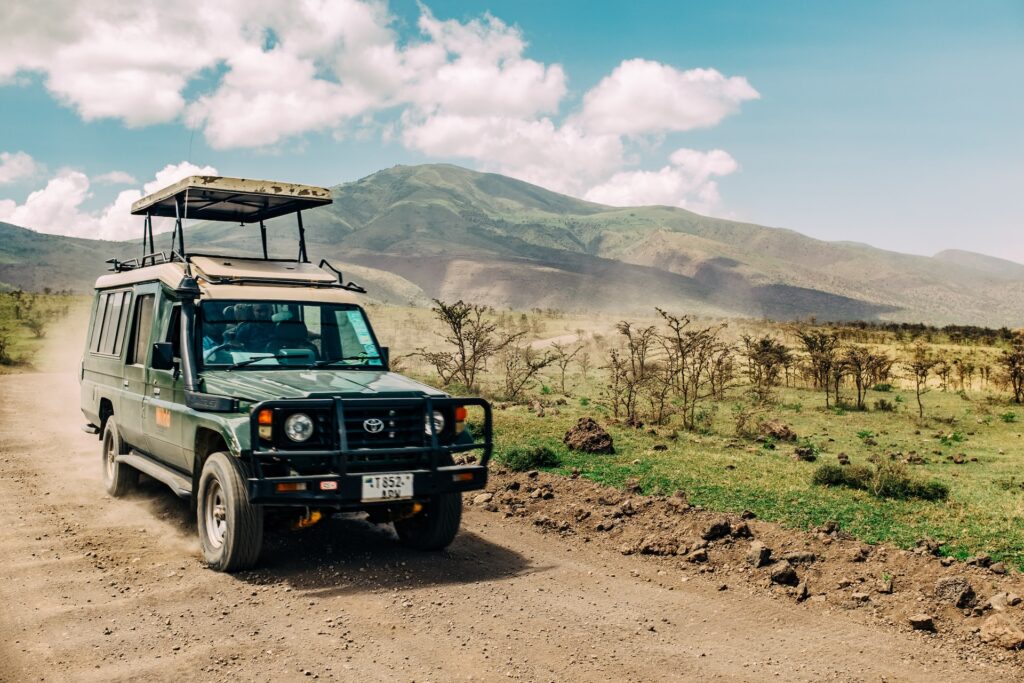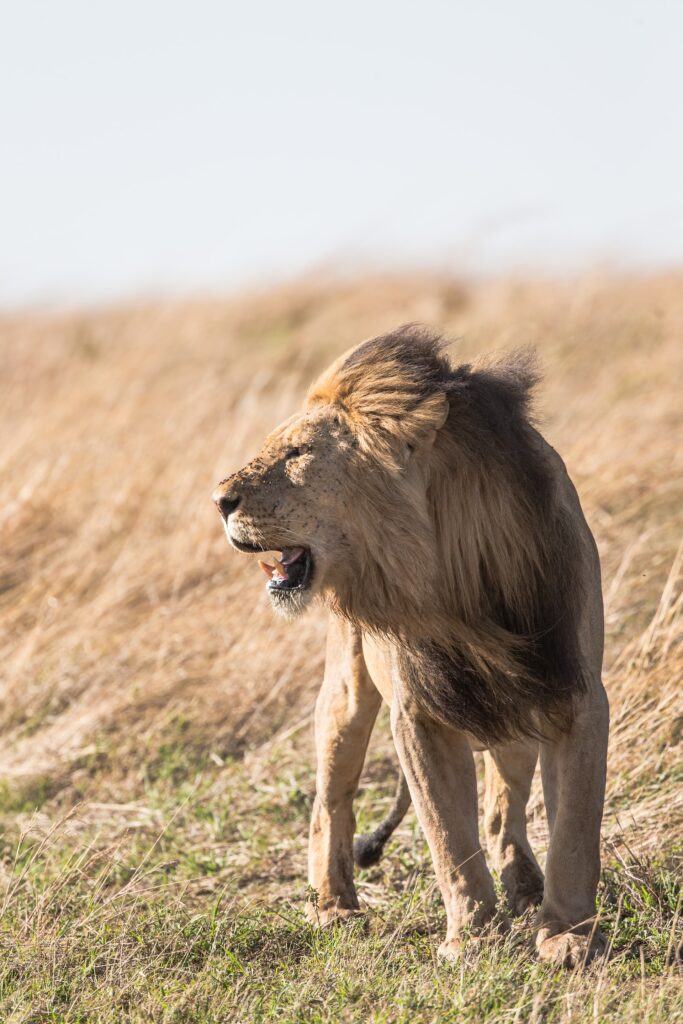Embarking on a safari adventure is a thrilling experience, offering a chance to witness the majestic beauty of wildlife in their natural habitats. A vital component to capturing these moments and immortalizing them in photographs is choosing the right lens for your camera. The perfect lens combines a balance of focal length, aperture, and image stabilization capabilities. In this blog post, we delve into some top choices that would serve you well on a safari photography journey.

For any photography enthusiast, taking a safari is a golden opportunity to capture wildlife in all its grandeur. The essence of a perfect wildlife photograph lies not just in the moment, but also in the lens you choose to capture it with. Here, we highlight a few stellar lens options that should be on your radar:
For DSLR Cameras
Canon EF 100-400mm f/4.5-5.6L IS II USM: A versatile zoom range and a relatively compact design make this a popular choice for wildlife photography.
Nikon AF-S NIKKOR 200-500mm f/5.6E ED VR: Offers a great zoom range with a relatively fast aperture and effective vibration reduction.
Sigma 150-600mm f/5-6.3 DG OS HSM | S: A lens with a substantial zoom range, available for both Canon and Nikon mounts.
Tamron SP 150-600mm f/5-6.3 Di VC USD G2: Another lens with a great zoom range, available for Canon, Nikon, and Sony mounts (for Sony A-mount, not E-mount).

For Mirrorless Cameras
Sony FE 100-400mm f/4.5-5.6 GM OSS: A high-quality lens with a versatile zoom range, designed for Sony's full-frame mirrorless cameras.
Canon RF 100-500mm f/4.5-7.1L IS US: Designed for Canon's RF mount, this lens has a great zoom range and image stabilization.
Nikon Z 100-400mm f/4.5-5.6 VR S: A (then upcoming) lens for Nikon Z-mount system, offering a versatile zoom range with vibration reduction.
Panasonic Leica DG Vario-Elmar 100-400mm f/4.0-6.3 ASPH: A great option for micro four-thirds users, offering a substantial zoom range.
Fujifilm XF 100-400mm f/4.5-5.6 R LM OIS WR: A lens with a substantial zoom range for Fujifilm X-mount cameras.

Basic Knowledge and Lens Tips:
Aperture: Try to get a lens with a fast aperture (f/4, f/5.6) to enable low-light shooting.
Focal Length: A longer focal length (400mm and above) is generally preferable for wildlife photography to allow for distant subject capture.
Image Stabilization: Lenses with good image stabilization systems will be beneficial when shooting at long focal lengths.
Teleconverters: Consider getting a teleconverter to increase the focal length of your lens if necessary.
Camera Compatibility: Make sure to choose a lens that is compatible with your camera body (Canon EF, RF, Nikon F, Z, Sony E, etc.).

In conclusion, a successful safari photography expedition is largely dependent on the lens you choose to accompany your camera body. The right lens can make a significant difference, bringing the vibrant and sometimes elusive wildlife within your photographic grasp. Remember, the key attributes to look for in a safari lens are a long focal length, fast aperture, and robust image stabilization capabilities. With one of these lenses mounted on your camera, you'll be well-equipped to capture the breathtaking moments that unfold during your safari adventure. Happy shooting!
Note: Before making a purchase, make sure to check the compatibility of the lens with your camera body for the best results.

